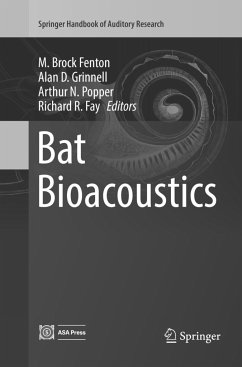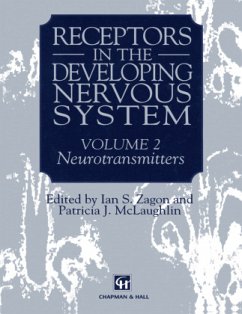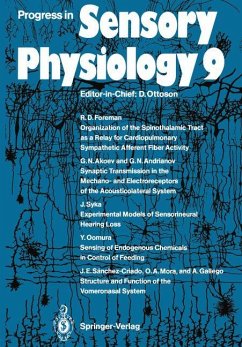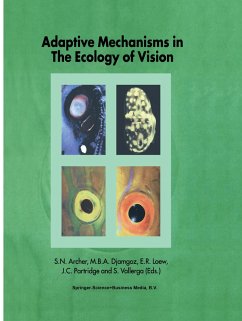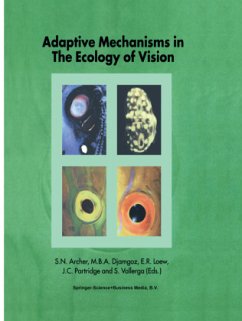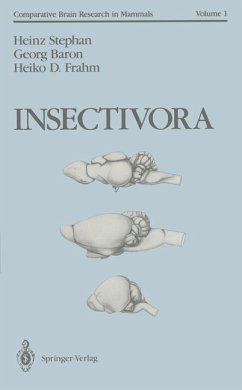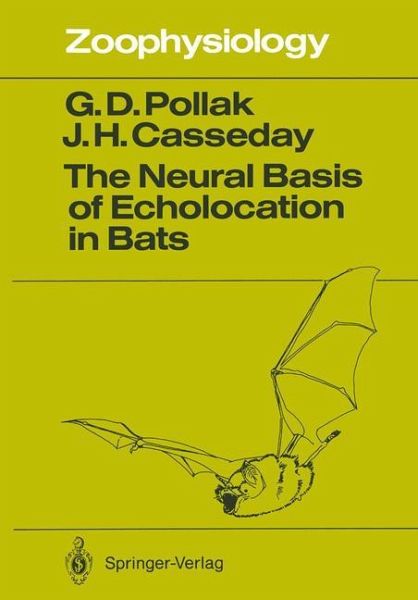
The Neural Basis of Echolocation in Bats
Versandkostenfrei!
Versandfertig in 1-2 Wochen
77,99 €
inkl. MwSt.

PAYBACK Punkte
39 °P sammeln!
The brain of an echo locating bat is devoted, in large part, to analyzing sound and conducting behavior in a world of sounds and echoes. This monograph is about analysis of sound in the brainstem of echolocating bats and concerns the relationship between brain structure and brain function. Echolocating bats are unique subjects for the study of such relationships. Like man, echolocating bats emit sounds just for the purpose of listening to them. Simply by observing the bat's echolocation sounds, we know what the bat listens to in nature. We therefore have a good idea what the bat's auditory bra...
The brain of an echo locating bat is devoted, in large part, to analyzing sound and conducting behavior in a world of sounds and echoes. This monograph is about analysis of sound in the brainstem of echolocating bats and concerns the relationship between brain structure and brain function. Echolocating bats are unique subjects for the study of such relationships. Like man, echolocating bats emit sounds just for the purpose of listening to them. Simply by observing the bat's echolocation sounds, we know what the bat listens to in nature. We therefore have a good idea what the bat's auditory brain is designed to do. But this alone does not make the bat unique. The brain of the bat is, by mammalian standards, rather primitive. The unique aspect is the combination of primitive characteristics and complex auditory processing. Within this small brain the auditory structures are hypertrophied and have an elegance of organization not seen in other mammals. It is as if the auditory pathways had evolved while the rest of the brain remained evolutionary quiescent.





